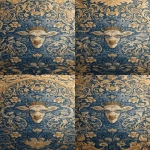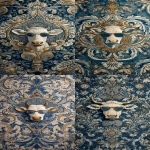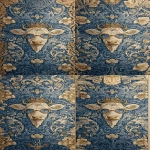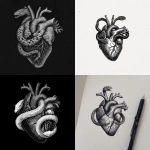Explore the Best AI Image Gallery

Beyond the Canvas: Wearable Techs Transformative Touch on Creativity
The realm of creativity is undergoing a metamorphosis, driven by the rapid advancements in wearable technology. These innovative devices are no longer confined to fitness tracking or communication; they are becoming powerful tools that empower artists, designers, and innovators to push boundaries and explore uncharted territories.
From augmented reality glasses that overlay digital creations onto the physical world to haptic suits that translate sound into tactile sensations, wearable tech is blurring the lines between the virtual and the real, opening up a plethora of creative possibilities.
Unleashing New Forms of Artistic Expression
Artists are embracing wearable technology to create immersive and interactive experiences. Imagine a performance where dancers wear sensors that trigger lights and sounds, responding to their movements in real time. Or envision an exhibition where visitors don AR headsets to step into a virtual world populated by digital sculptures that react to their presence.
Wearable tech also provides artists with new mediums for expression. Think of fabric woven with conductive threads that allow for light-based art installations or 3D-printed jewelry that incorporates embedded electronics, pulsating with color and sound.
Empowering Design Innovation
The design industry is witnessing a similar revolution. Wearable sensors can be integrated into clothing to collect data on body temperature, movement, and even mood, providing valuable insights for designers seeking to create garments that are not only aesthetically pleasing but also functional and responsive to the wearers needs.
Wearable tech is also enabling designers to prototype and test their creations in real-time. Imagine using a haptic feedback device to experience the texture of a new fabric before its even manufactured or simulating the fit of a garment on a virtual avatar.
Navigating Ethical Considerations
As with any powerful technology, wearable tech raises important ethical considerations. The collection and use of personal data collected through these devices require careful consideration to ensure privacy and security.
Transparency is crucial; users should be informed about what data is being collected, how it is used, and who has access to it. Moreover, there is a need to address concerns about potential bias in algorithms that analyze wearable data and ensure equitable access to the benefits of this technology.
Looking Ahead: The Future of Creativity
The future of creative expression with wearable tech is brimming with possibilities. Imagine holographic projections that dance around us, responsive environments that adapt to our emotions, or even brain-computer interfaces that translate our thoughts into art.
These advancements will not only revolutionize how we create and consume art but also reshape the very fabric of our society, fostering greater collaboration, empathy, and understanding.
As we continue to explore the transformative potential of wearable technology, it is essential to approach its development and deployment with responsibility and foresight. By embracing ethical considerations and fostering inclusive innovation, we can ensure that this exciting new frontier empowers creativity for the benefit of all.
](https://images.ai-img.art/thumbnails/150/ecaaa7f57d0e8c3fd910c96cf511151b430af879c94ea84bf3688a23f088cafc.webp)
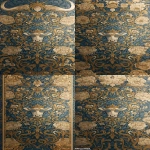





](https://images.ai-img.art/thumbnails/150/d528b2ba18709bfc03c5f343cf874940e558ebfd699cdddc6f49568bfa90e213.webp)
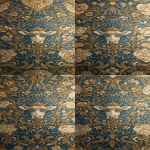
](https://images.ai-img.art/thumbnails/150/ab90086e40a02c62bf04e73af7cf676b0e16cec91758247452657466b870af18.webp)



](https://images.ai-img.art/thumbnails/150/5365b1ed776fd7cb58dd9095c6baee73acbe885e3872eb3bde0bf5584f26d72c.webp)
](https://images.ai-img.art/thumbnails/150/09c13dbe155abe504e563d205d595e912d5eb66e4357f65baa1bc3fc8ad831eb.webp)



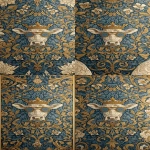
](https://images.ai-img.art/thumbnails/150/7707fa8f9b58ba93b5952c351c556e539c2ea5d18c6cda10106759ea45ae6ce4.webp)
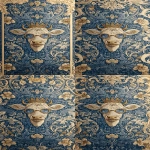
](https://images.ai-img.art/thumbnails/150/0217142de3b79e38f988b7929024a6d215453ae1263a44c914b2baf3338f751f.webp)

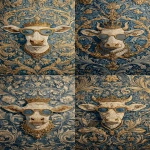





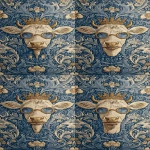
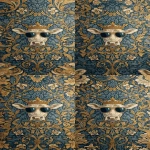
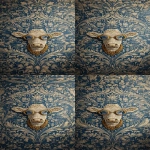
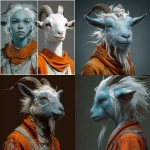
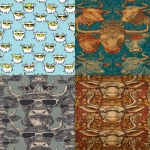

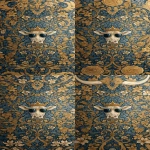
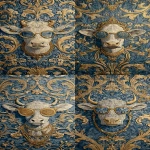

](https://images.ai-img.art/thumbnails/150/364a76b2a987e4d93118637216cd093297b79b132eefc41e3ccb5d7faafe2fed.webp)
